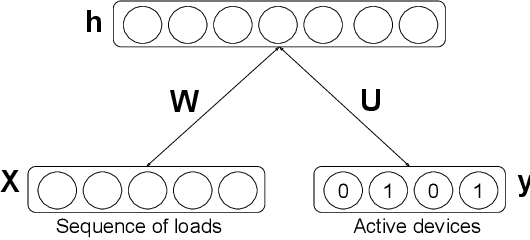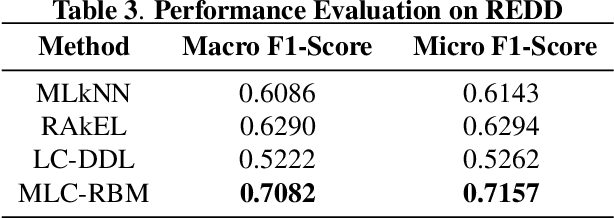Multi Label Restricted Boltzmann Machine for Non-Intrusive Load Monitoring
Paper and Code
Oct 17, 2019



Increasing population indicates that energy demands need to be managed in the residential sector. Prior studies have reflected that the customers tend to reduce a significant amount of energy consumption if they are provided with appliance-level feedback. This observation has increased the relevance of load monitoring in today's tech-savvy world. Most of the previously proposed solutions claim to perform load monitoring without intrusion, but they are not completely non-intrusive. These methods require historical appliance-level data for training the model for each of the devices. This data is gathered by putting a sensor on each of the appliances present in the home which causes intrusion in the building. Some recent studies have proposed that if we frame Non-Intrusive Load Monitoring (NILM) as a multi-label classification problem, the need for appliance-level data can be avoided. In this paper, we propose Multi-label Restricted Boltzmann Machine(ML-RBM) for NILM and report an experimental evaluation of proposed and state-of-the-art techniques.
 Add to Chrome
Add to Chrome Add to Firefox
Add to Firefox Add to Edge
Add to Edge